If you’re growing squash, cucumbers and melon this season, you’re also growing an abundance of diverse diseases, Friends. The fabulous ‘cucurbit’ family is indeed prone to many maladies and let’s dive into two of the most prevalent here in the Northeast: Powdery and Downy Mildew.
Here are the keys to help prevent, identify & recover from these Mildews in this season & for many seasons to come!
Powdery Mildew
A fungal suite of host-specific species, Powdery Mildew is widespread across the continent and can be found on cucurbits as well as peas, zinnias and hundreds of other species both in and beyond your garden
Powdery Mildew Symptoms:
The symptoms are unmistakable: Flour sifted over leaves and stems, starting as small and often circular patterns on the newest growth, slowly spreading.
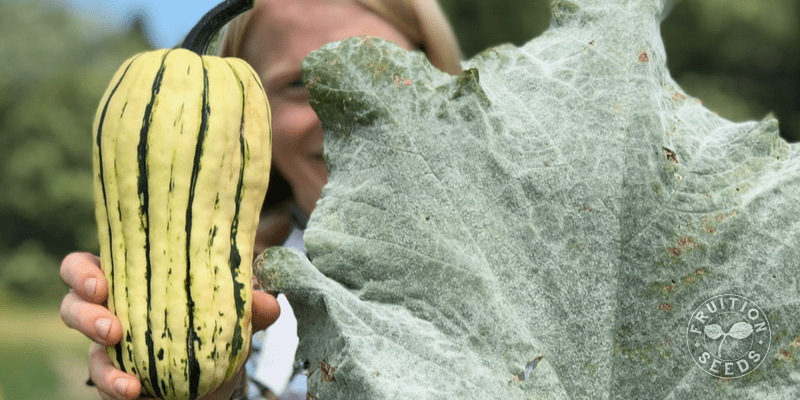
Is Powdery Mildew a Crisis?
It’s not! Powdery Mildew slows growth, without doubt, though it often takes weeks and sometimes longer to finally kill their host.
What to do Next:
~ Resist spraying nitrogen-rich fertility on your plants, the new growth it will inspire will be all the more susceptible.~ ~ ~ Remove affected leaves and rather than sending them to sporulate on your compost pile, send them straight to the landfill in a closed plastic bag to reduce further infection.
Here at Fruition, we honestly don’t do anything further, but if you are keen to slow down your plant’s inevitable succumbing all the more, try:
~ spraying a milk dilution (1 part milk to 10 parts water) on all leaves
~ spraying copper effectively kills Powdery Mildew, but do you want to eat plants sprayed with copper? If you’re attached to eating your fruit, we encourage you to not consider copper an option.
~ the internet has a multitude of baking soda cures and we’ve found them to have limited efficiency as well as a high likelihood of being harmful, especially in high concentrations.
Ideal Conditions for Powdery Mildew
Powdery Mildew loves high humidity and moderate temperatures.
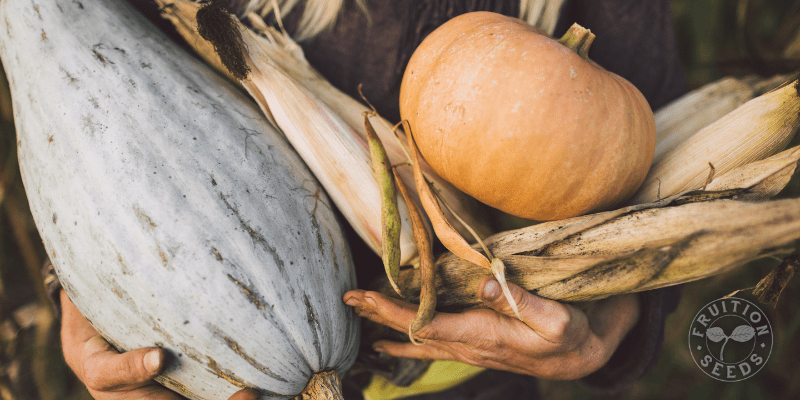
Downy Mildew
Also a fungal suite of host-specific species, Downy Mildew is less widespread and overwinters in the Gulf States where it doesn’t freeze, spreading north on the wind each season. Though Downy Mildew hasn’t historically been a significant disease in the Northeast until late summer and fall, as climates change, Downy Mildew is arriving earlier and earlier, making it all the more vital to growing ourselves, in all ways, as well as our gardens.
Downy Mildew Symptoms:
Affecting only the leaves, the symptoms are less obvious than Powdery, though we often think of Downy as flying over Iowa, looking down over the blocky splotches of yellowing leaves (instead of fields, lol!). Though Downy is initially contained within the venation of the leaf, as it spreads on the upper leaf surface the splotches increase in number and turn brown, becoming moldy as they sporulate.
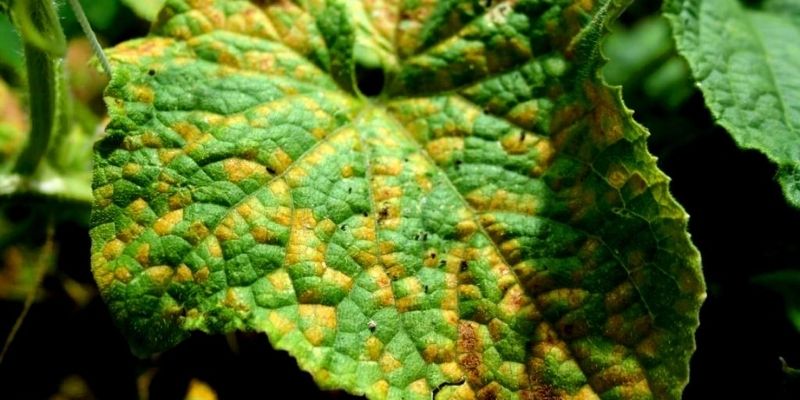
Is Downy Mildew a Crisis?
YES! YIKES! Downy Mildew slows growth fast and often kills plants quickly.
What to do Next:
~ Resist spraying nitrogen-rich fertility on your plants, the new growth it will inspire will be all the more susceptible.
~ Remove affected leaves and rather than sending them to sporulate on your compost pile, send them straight to the landfill in a closed plastic bag to reduce further infection.
Here at Fruition, we honestly don’t do anything further, but if you are keen to slow down your plant’s inevitable succumbing all the more, try:
~ Though copper can effectively slow Downy, we’re always reticent to recommend copper and don’t use it ourselves.
Ideal Conditions for Downy Mildew
Downy Mildew loves high humidity, cool nights and long dew periods. Late summer and autumn in the Northeast is the Downy Mildew dream, lol!
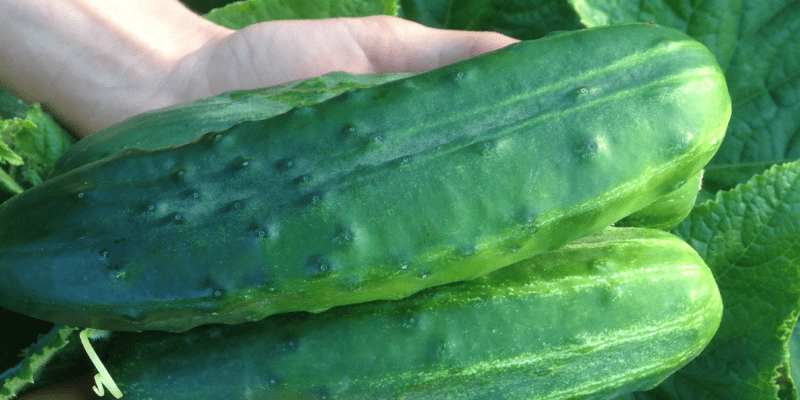
Preventing Powdery and Downy Mildew
Here are the easiest ways to prevent Powdery and Downy Mildews as well as most disease in most plants:
~ Nutrient-dense soil grows healthy plants with vigorous immune systems.
~ Overcrowded plants are more susceptible to disease.
~ Water soil rather than leaves in the morning rather than evening to reduce leaf humidity. Drip irrigation is dreamy!
~ Resist touching plants that are wet.
~ Crop rotation always helps.
~ Finally, disease-resistant varieties make a huge difference, though even disease-resistant varieties may not thrive with cultural practices. Also, sowing early maturing varieties makes a *huge* difference, allowing plants to easily mature before these diseases even arrive.
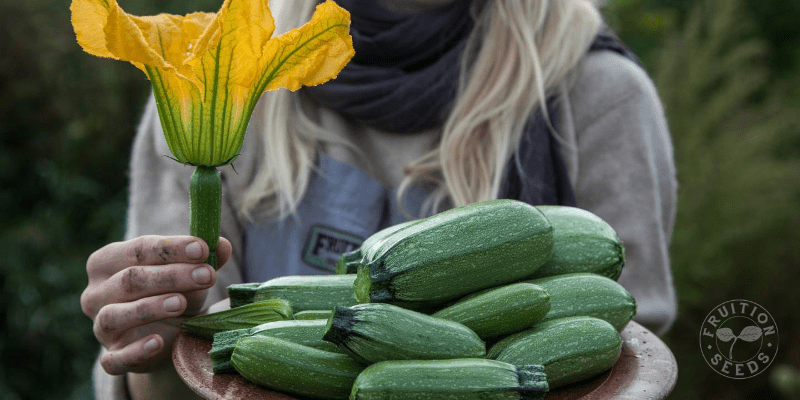
Growing disease-free cucurbits here in the Northeast is virtually impossible, Friends! Nonetheless, surrounding ourselves with abundance is impressively possible and we’re right here learning, laughing, crying and growing with you in all the ways, in all the seasons!
Share your favorite early season and disease-resistant varieties in the comments below ~
Sow Seeds & Sing Songs,

and the Many Beings of Fruition

Great information – Thanks!!
Thanks Linda!
<3<3 <3
This year I’m growing ‘Chiffon’ zucchini, a light yellow variety. So far, no powdery mildew is evident, while other varieties definitely show signs. I know the weather this summer has been unusual, but I have my fingers crossed.